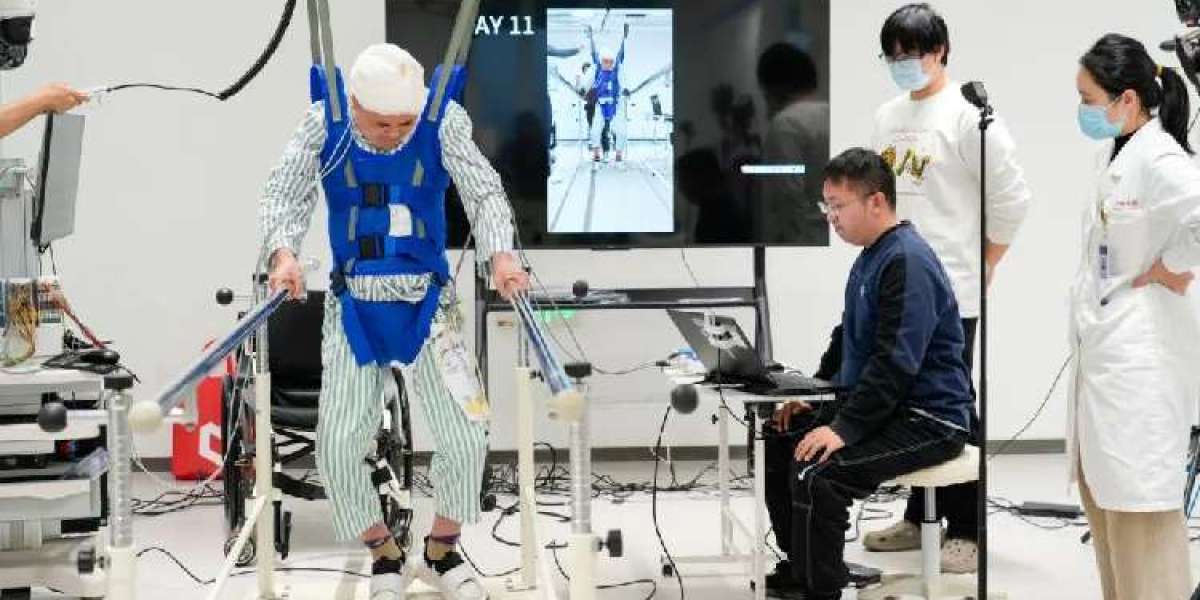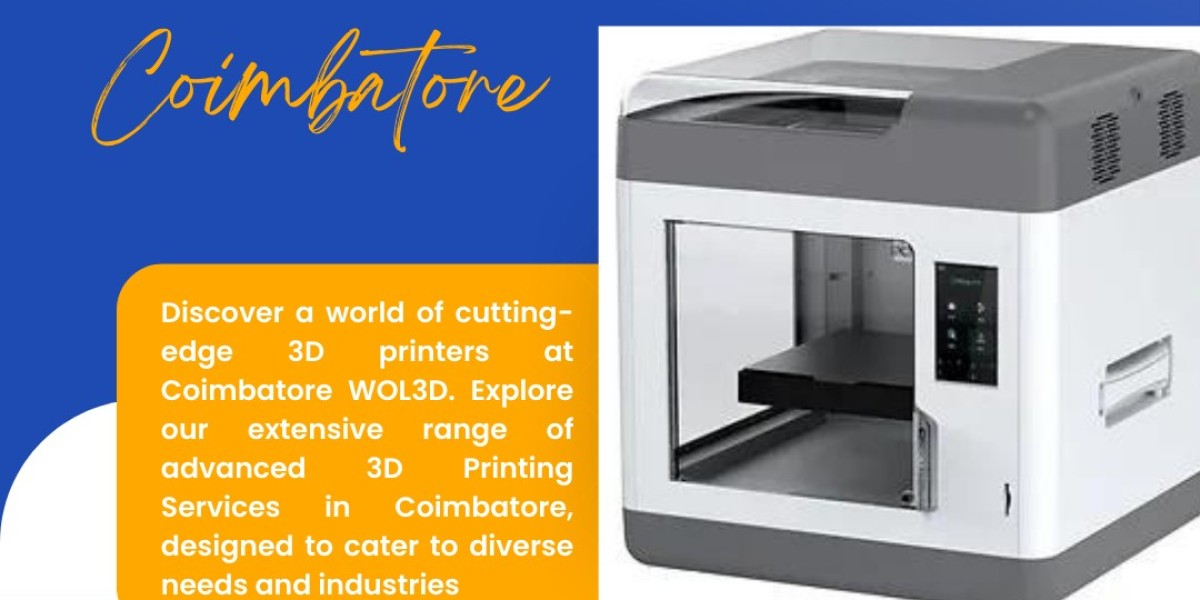A Groundbreaking Moment in Medical Science:
In a stunning leap forward for neurotechnology and modern medicine, Chinese scientists have successfully developed a brain-spinal interface (BSI) that enabled paralyzed patients to move their legs within just 24 hours of undergoing surgery. This innovative achievement, spearheaded by researchers from Fudan University and Zhongshan Hospital in Shanghai, could mark a new era of hope for millions suffering from paralysis around the world.
---
What Is the Brain-Spinal Interface (BSI)?
The brain-spinal interface is a cutting-edge medical device that creates a neural bridge between the brain and the spinal cord. This is accomplished by implanting two microelectrodes—each just 1 millimeter in diameter—into the motor cortex of the brain. These electrodes are paired with a spinal stimulator chip, allowing electrical signals from the brain to bypass damaged spinal cord regions and directly activate motor neurons in the legs.
This seamless communication between the brain and spine helps restore voluntary movement—something previously believed to be nearly impossible after a complete spinal cord injury.
---
Recovery Within Hours: Real Cases, Real Miracles
The most striking part of this innovation is the speed of recovery. The first patient, a 34-year-old man who had been paralyzed for over two years, moved his legs just hours after surgery. By the third day, he could lift both legs, and within two weeks, he walked over five meters with assistance.
Such rapid results are unprecedented. Most existing treatments for spinal cord injuries require multiple surgeries, long-term rehabilitation, and still yield limited results. China’s new BSI solution offers immediate and sustainable improvement, making it a genuine game-changer in the field of neuroscience and rehabilitation.
---
How the Technology Works: Powered by AI
A key element of this breakthrough is the integration of artificial intelligence (AI) into the neural decoding process. The BSI system uses AI algorithms to analyze and interpret the patient's intent to move, translating it into electrical signals that are sent to specific nerve roots in the spinal cord.
This technology ensure real time response, allowing movements that feel natural to the patient. Moreover, the entire process—from implanting the device to initial leg movements—takes just four hours, with both brain and spinal implants performed in a single session.
---
Why This Matters Globally
According to global estimates, nearly 20 million people live with paralysis due to spinal cord injuries, stroke, or neurodegenerative diseases. This innovation has the potential to transform their quality of life dramatically. What once seemed like science fiction is now becoming a medical reality.
The Chinese team plans to continue refining the device, aiming to help patients walk unassisted within six months to a year. Their work stands at the intersection of neuroscience, bioengineering, and AI—pushing the boundaries of what medicine can achieve.
---
China Leads in Neurotech Innovation
This achievement reflects China’s growing leadership in the medical technology space, particularly in brain-computer interfaces (BCIs) and neuroprosthetics. As the world watches closely, this innovation could open the door for international collaboration, clinical trials, and eventually global accessibility of the technology.
---
What’s Next?
The next steps involve broader clinical trials, long-term monitoring of patient recovery, and further integration with wearable robotics or exoskeletons. There’s also a growing interest in using this technology to help stroke patients or those with motor neuron diseases like ALS.
As AI and neurotech converge, the future may see full mobility restored to those long believed to be permanently paralyzed—not in decades, but within years.








